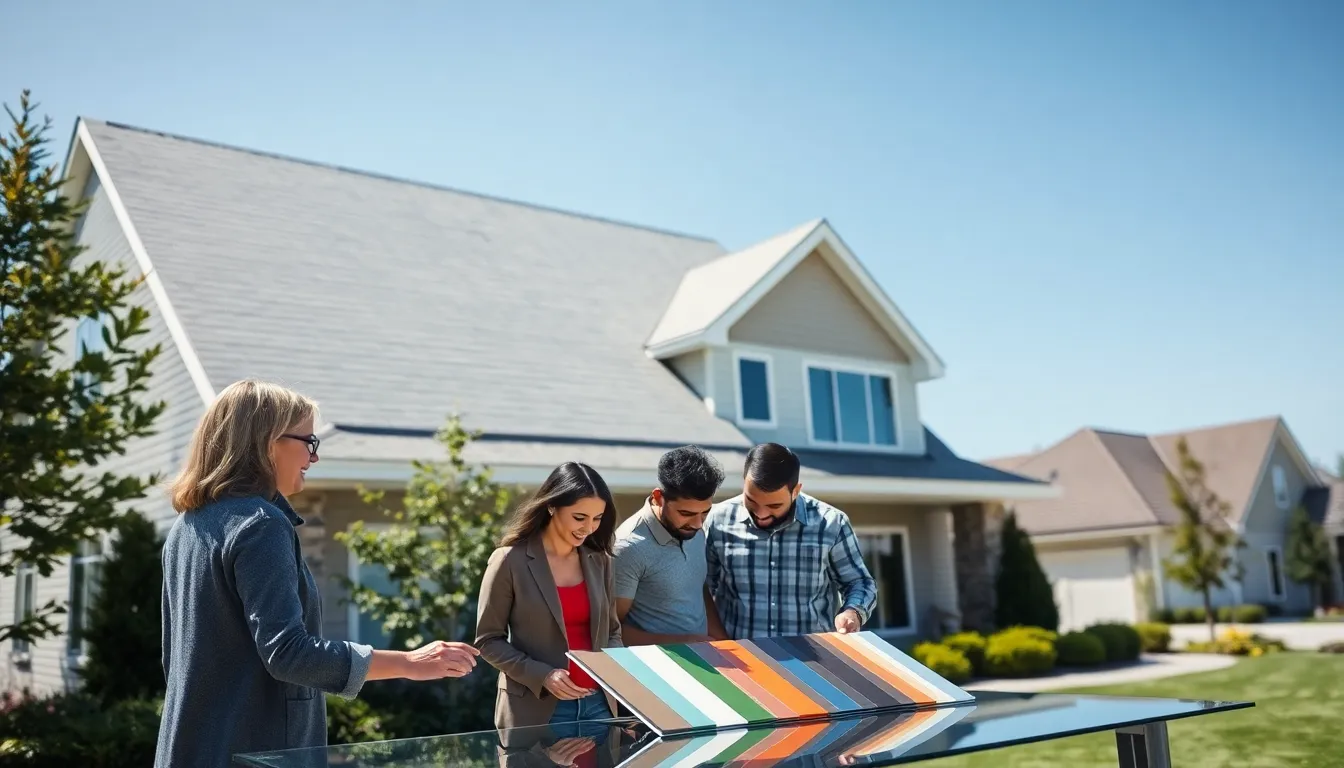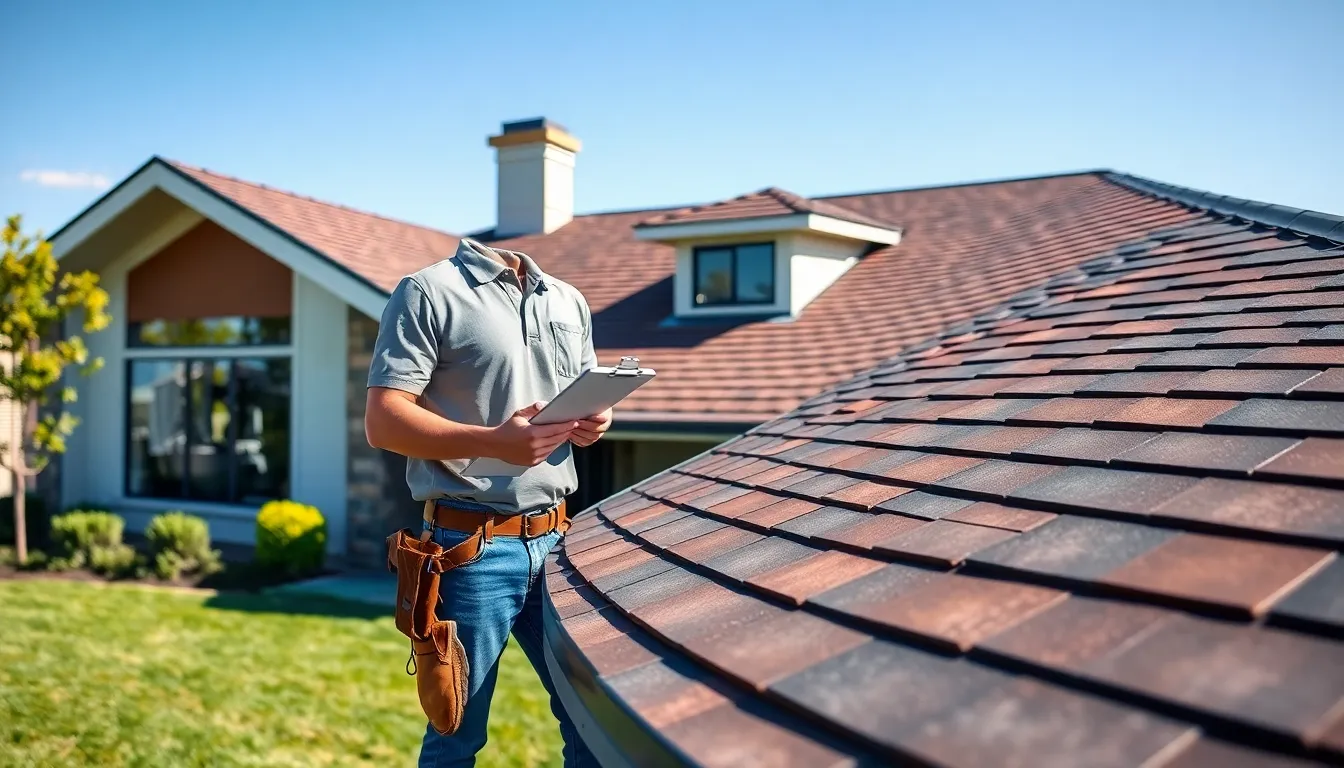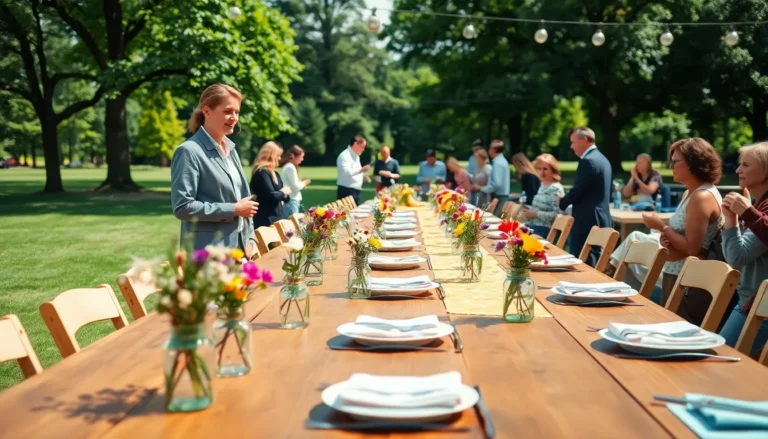When it comes to roofing options, vinyl roofing often gets overlooked like the last cereal box at the back of the pantry, useful but somewhat forgotten. But, this durable material is turning heads (and perhaps even roofs) with its myriad benefits. If you’re a homeowner (or a prospective one), you’ve probably wondered if vinyl roofing is worth considering. Spoiler alert: it just might be the star of your next home improvement project. Buckle up as we jump into everything you need to know about vinyl roofing, and who knows, you might end up slapping it on your home before you finish reading.
Table of Contents
ToggleWhat Is Vinyl Roofing?

Vinyl roofing, essentially, is a synthetic alternative to traditional roofing materials like asphalt or metal. Composed primarily of polyvinyl chloride (PVC), this roofing solution is designed to withstand the elements, providing a solid, waterproof barrier for your home. Unlike its counterparts, vinyl roofing boasts a lightweight construction that’s flexible yet incredibly resilient. Homeowners often appreciate its ability to mimic other materials, think of it as a chameleon in the roofing world, effortlessly blending in while offering durability and protection. So the next time you’re scanning rooftops, consider whether vinyl deserves a closer look.
Benefits of Vinyl Roofing
There are plenty of reasons why homeowners are gravitating toward vinyl roofing. For one, it’s remarkably low maintenance. Forget that endless cycle of painting and staining: vinyl roofing stands strong against fading and rot. Also, this material is energy-efficient. Many vinyl shingles come with reflective properties, helping to keep your home cooler in the summer, which can also lead to lower energy bills. On top of this, vinyl roofing is often resistant to mold and algae. Say goodbye to those green streaks that like to invade your once pristine roof. And let’s not forget about aesthetics. With various styles and colors available, anyone can find a vinyl product that suits their taste. Essentially, vinyl roofs offer a robust combination of functionality, energy efficiency, and beauty that’s hard to ignore.
Installation Process of Vinyl Roofing
Installing vinyl roofing can be a straightforward process, especially if left to the pros. First, it’s vital to prepare the roof by ensuring it’s clean and free of debris and any moisture. The next step involves measuring the surface area to determine how much material will be needed, much like planning a pizza party, no one wants to run out of slices. After measuring, underlayment is typically laid down for additional protection before the vinyl panels are installed. Depending on the specific product, these panels can be placed in overlapping rows, much like shingling. Finally, the edges are secured to provide a tight seal, which helps to keep weather-related issues at bay. Of course, if DIY isn’t your style, it may be wise to consult local roofing experts.
Maintenance Tips for Vinyl Roofing
Though vinyl roofing is relatively low maintenance, a few simple tips can extend its lifespan. Regular inspections are key to ensure nothing is amiss. Look for any loose panels or signs of damage, and clear off any debris like leaves or branches that may have lodged themselves. As for cleaning, a gentle wash with a garden hose and a soft-bristle brush can do wonders. Avoid abrasive materials to prevent scratching the surface, nobody wants a bumpy rooftop. Routine gutter cleaning is also essential, as blocked gutters can lead to water pooling, and water is never friendly to roofs.
Cost Analysis of Vinyl Roofing
Cost is often at the top of any homeowner’s checklist. On average, installing vinyl roofing can range from $3 to $5 per square foot. While this may vary based on area, pitch of the roof, and specific materials, vinyl roofing often proves to be an economical choice when considering its longevity and low maintenance requirements. Plus, when taking into account potential energy savings, the initial cost can often balance out over time. An investment in vinyl roofing is not just about the upfront expenditure: it’s about escaping the pitfalls of frequent repairs and replacements down the line.
Vinyl Roofing vs. Other Materials
When comparing vinyl roofing to alternatives like asphalt or metal, a few key differences emerge. Asphalt roofing tends to be less expensive upfront but often requires more maintenance and has a shorter lifespan than vinyl. In contrast, metal roofing is long-lasting but comes with a heftier price tag. Vinyl roofing strikes a sweet balance in the middle, it’s affordable, durable, and offers aesthetic choices. Homeowners also enjoy that vinyl roofing can often withstand harsher conditions than other materials, making it a go-to for durability and resilience. Plus, if color and style appeal to you, vinyl can easily match the character of your home.





